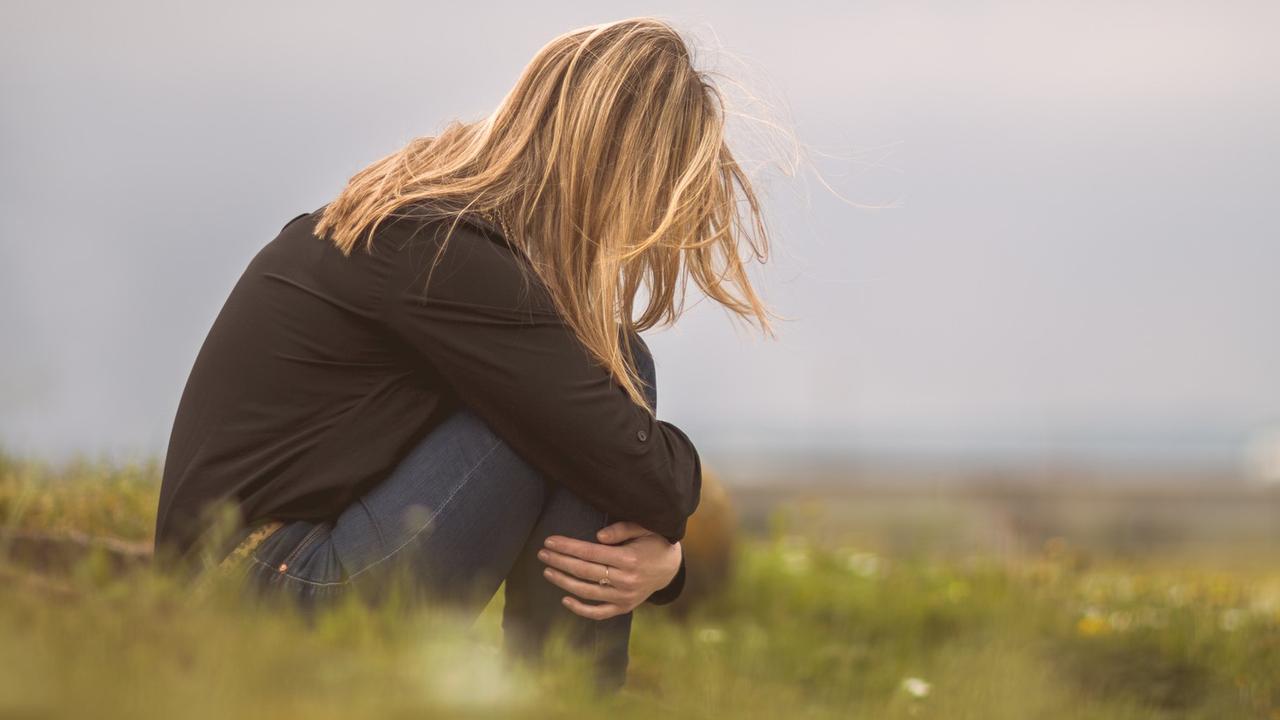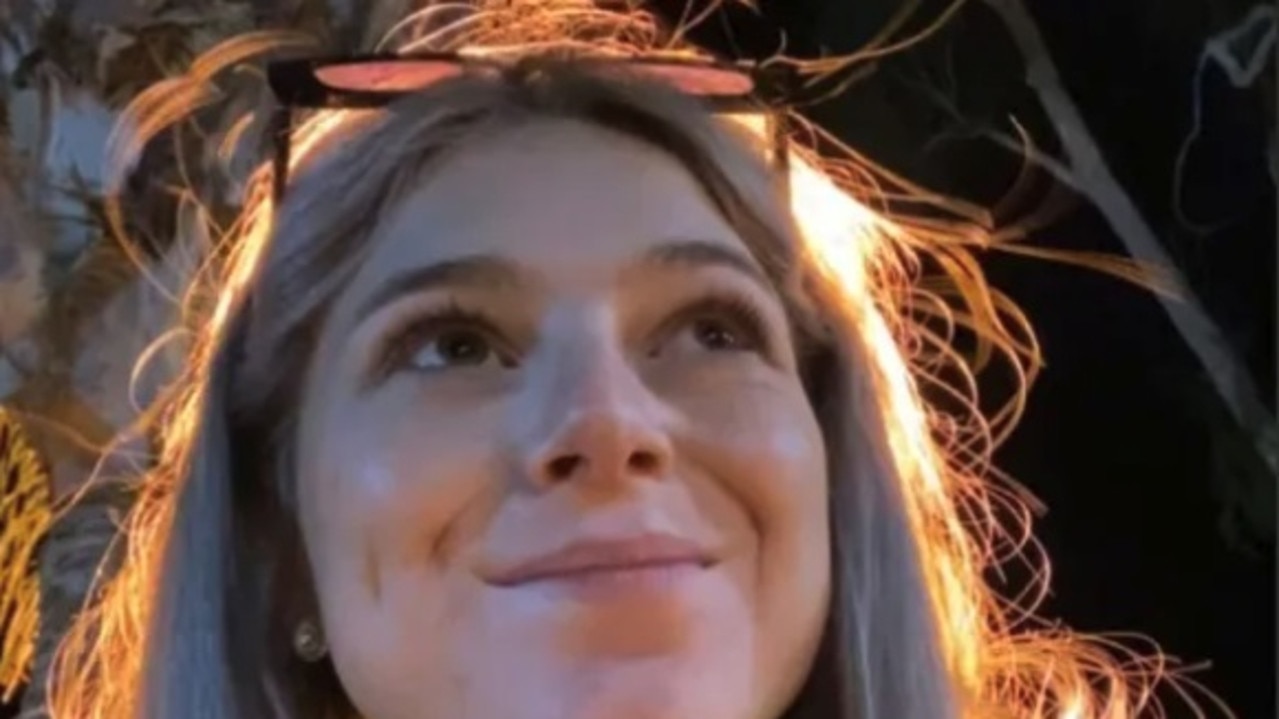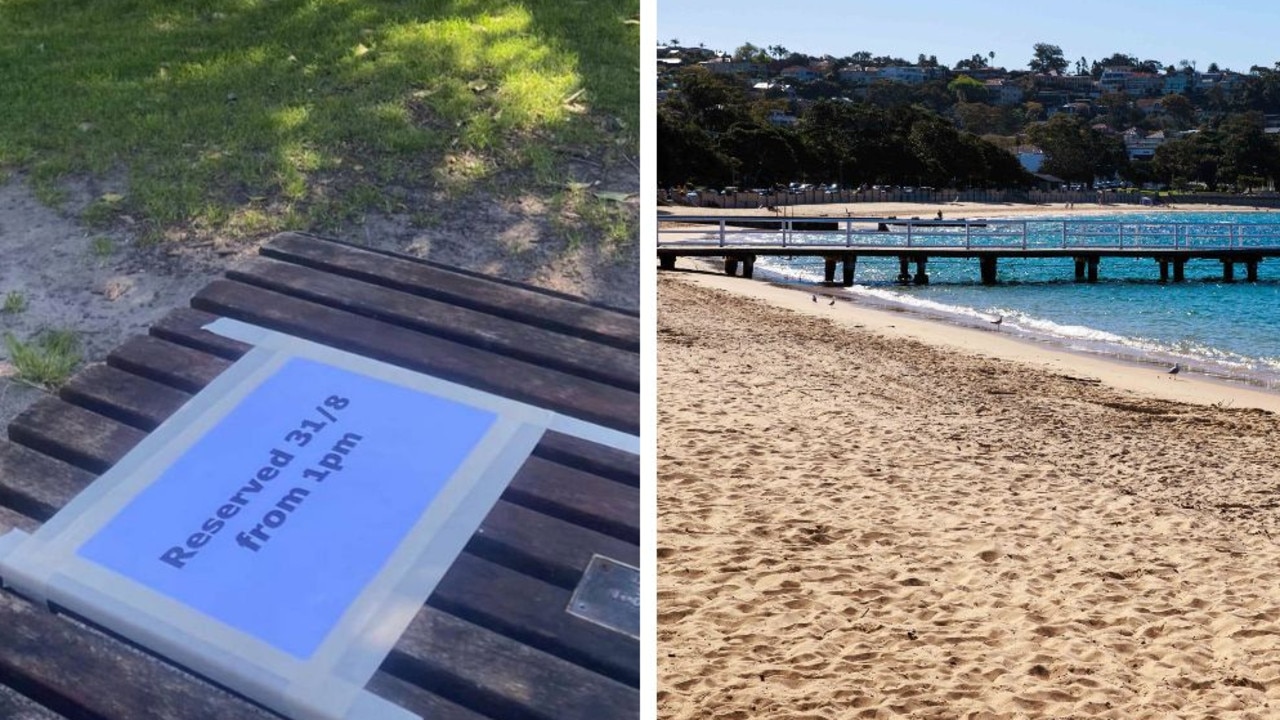The reality of growing up in New York’s toughest neighbourhood
BY THE time Jessie Bowers was 18, he’d been to 10 funerals for kids his own age. But that’s just life in NY’s toughest neighbourhood.

“IF YOU’VE been through what I’ve been through, you can basically live anywhere and do anything. Growing up in Brownsville is like boot camp for life. The things that go on there — living with nothing and turning it into something, makes you a pretty strong person.”
This is what Jessie ‘Cypha’ Bowers, artist and graphic designer says about growing up in New York’s roughest neighbourhood during the 1980s — when a gun could be pulled on you for a sideways glance and the streets at times felt like a war zone.
Brownsville, Brooklyn (population 86,468 of which 76 per cent are black) is historically one of the poorest and most dangerous parts of New York City. Even today statistics from the City of New York indicate that the wealthiest New Yorkers living in Manhattan’s Financial District live eleven years longer than the residents of its poorest neighbourhood.
In 2014, the NY Times reported that 40 per cent of Brownsville residents were living below the poverty line and that year the NYPD recorded 1,844 crimes including 18 murders and 421 robberies. Its history is bloody and it’s often labelled the murder capital of New York.
“Kids in the area were dealing drugs from 12 and up, maybe even younger. A lot of them were mules, carrying from one area to another for local dealers. The older dealers knew that if the kids got caught they’d only get sent to juvenile detention so they’d be back on the street in no time. It gave the kids a sense of entitlement, they felt invincible. As payment they would get sneaker money or video games. ‘Do this for me and I’ll get you the brand new Jordans.’ That’s how it was back then,” says Jessie.
Growing up, Jessie and his friends would frequently cut class. They were bored like a lot of teenagers in the area. Instead they’d go to house parties, smoke marijuana, have frequent confrontations with rival crews from neighbouring project housing and shoot guns off rooftops. Lax gun laws meant guns were very accessible and could easily be bought illegally on the street.
A lot of Jessie’s school friends either moved away or are now dead or in jail. Before he was 18 he’d already been to ten funerals — all of whom were close friends either his age or a few years older. A lot died from crossfire shots between rival crews.
“I remember one particularly tragic day when there was a shootout. One of my classmates who lived in a project building across from me ran out to protect her child and she ended up getting caught in the crossfire. She was shot multiple times and died, slumped over the spikes that surrounded the housing authority building she called home. She was left there for hours before anyone came to collect the body. It was several hours before anyone even put a sheet over her, it was like she was on display at a museum or something for all of the neighbourhood to see. It was horrific and I remember it vividly to this day. This kind of tragedy was all part of my reality growing up,” says Jessie.
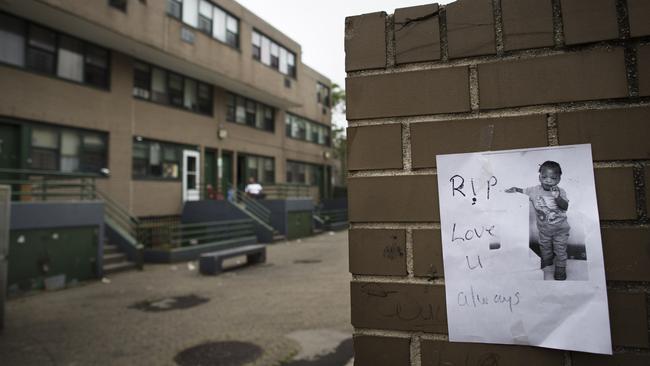
“I still get calls and texts about ‘hood s*** today. ‘This person died, this guy’s in jail.’ Things aren’t quite as bad today as they were when I was growing up, but violent crew beef still goes on.”
Visually, Brownsville is a pretty ugly part of New York if you haven’t grown up there. Trees are scarce and the entire neighbourhood which spans just over three square kilometres is made up of public housing. The buildings are like prison -industrial, cold and surrounded by steel metal fences lined with spikes.
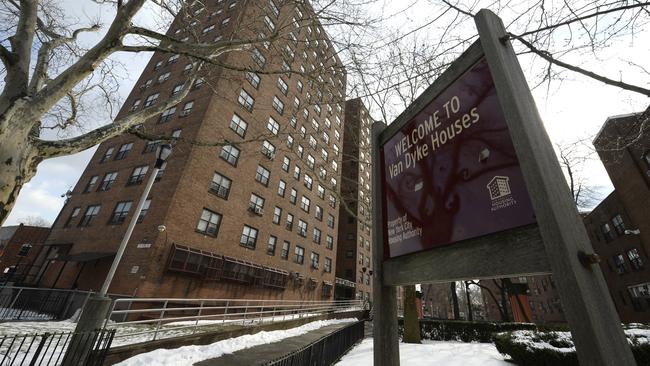
Inside they have hospital-like hallways painted beige, covered in graffiti. The stairwells frequently reek of urine and faeces from people that have wandered in with nowhere else to go, often high on drugs. A handful of trees and a courtyard out the front with a few benches provide the only ‘green park space’ in the area.
In the end it was creativity that got Jessie straight and kept him out of any serious trouble. He got into graffiti pretty early on, hanging with crews from East New York here and there. However it was the comic strips in the Sunday paper that really ignited Jessie’s artistic talents. He’d mimic what he saw in the newspaper and then after a while began to create his own strips. At this time he also learned how to airbrush and before long he was laying down designs on people’s jeans — even the local dealers wanted what he was creating on their clothing.

At 17, with no money for a studio space and living in an already overcrowded apartment, Jessie took to the streets to create art. The street became his studio and like many other struggling artists at the time he wound up sleeping there in order to ensure the best spot to sell his work to tourists and passers-by.
Today Jessie is still painting and living a creative life. He now lives in the trendy Brooklyn neighbourhood of Bushwick and has his own home studio. He has pieces hanging in private collections in Spain, Japan, Paris and Brazil — De La Soul even once bought one of his works.
“You have to find your purpose very quickly in life. Mine was art — it quite literally saved my life. From early on I exposed myself to different cultures as much as I could. When you see death and are surrounded by it, you learn to cherish life very quickly. I wouldn’t trade my experiences for anything — it made me who I am today,” he says.
So are things looking up for Brownsville’s youth?
“I think reality TV has played a big part in helping a lot of kids in these places realise their potential,” says Jessie.
“They see these rappers who have done well for themselves and it occurs to them that they too can have a future beyond what society expects of them — that is as either destined for an early grave or to spend a life in and out of prison. Education in the end is what will improve things but it also needs to be accessible for today’s youth. Things are definitely on the up but there is still a long way to go.”
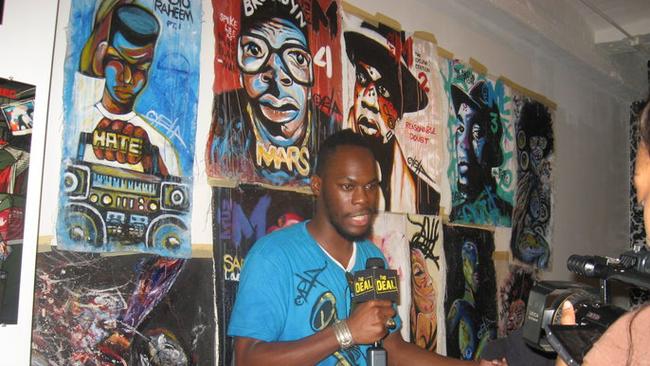
Follow Isabel Thomson-Officer on Twitter @missizzyofficer

